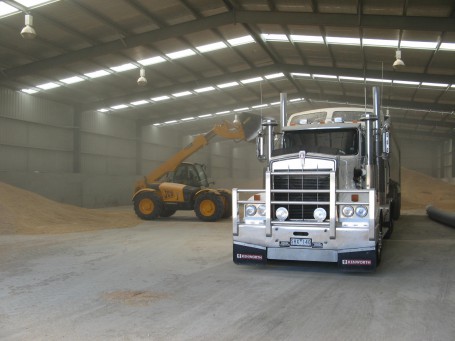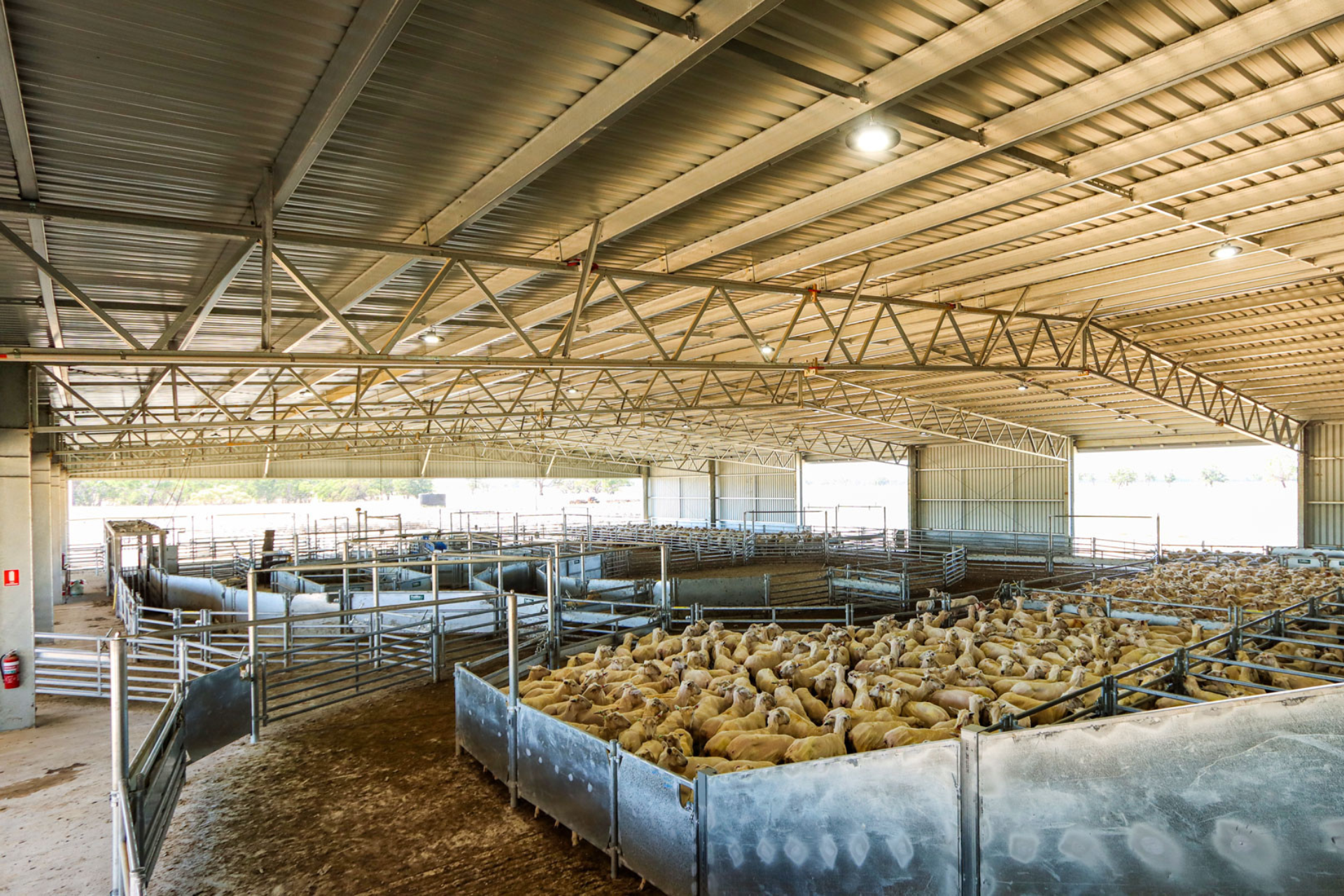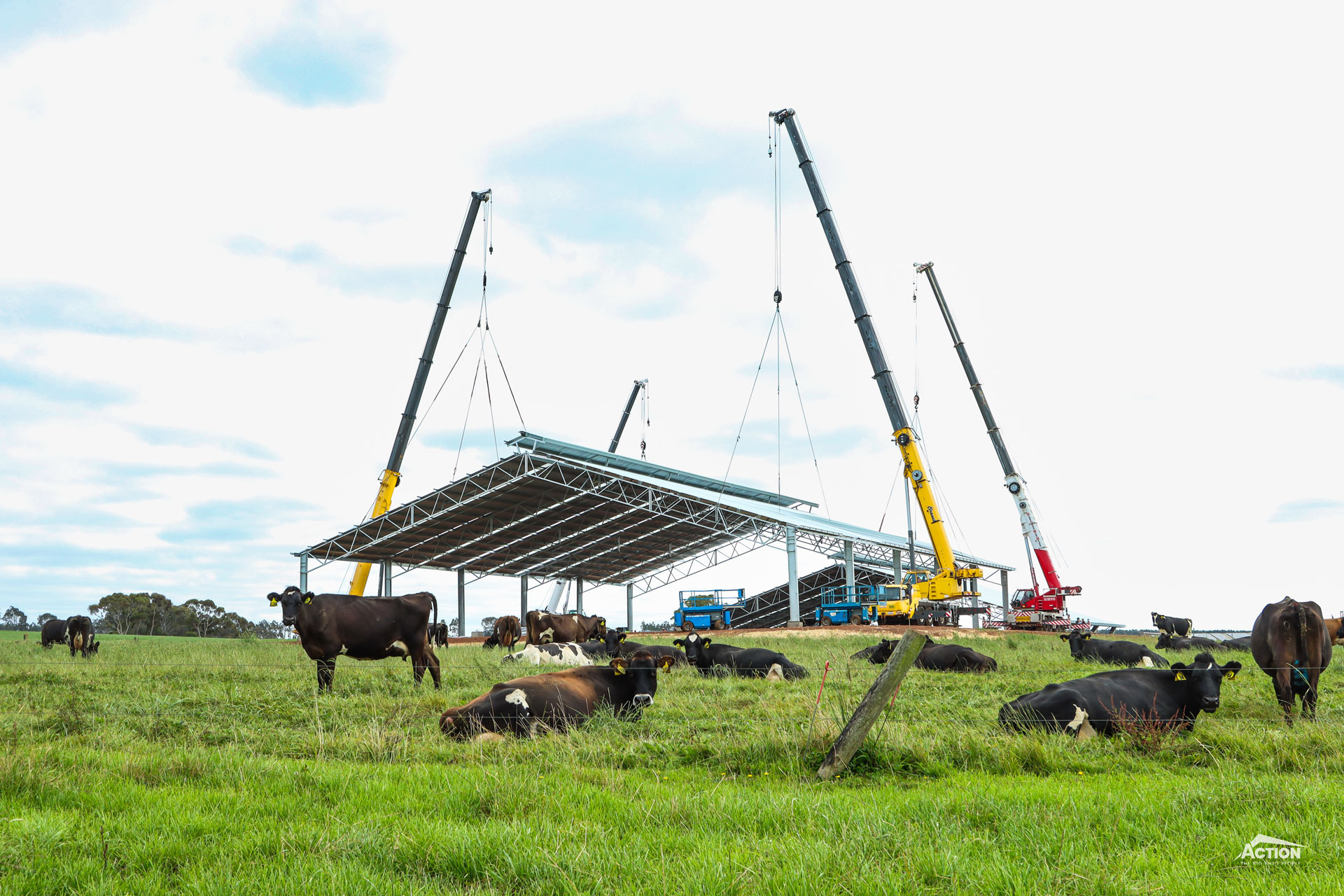Having on-farm storage can help grain producers maximise their marketing opportunities and sell when the time is right. However, there can be a number of challenges involved in on-farm storage including grain quality management, length of storage time and the cost of infrastructure.
In this article we look at these challenges and what you need to have in place for safe and effective grain storage.
The Challenges Of Grain Storage
Grain quality management
Damage from mould and damage from insects are two key storage issues for grain producers in Australia. The climate can easily give rise to both, so it is important to maintain quality control to prevent unnecessary crop spoilage and wastage.
The CSIRO recommends taking preventative measures such as sufficiently drying grain before putting it into storage.

You should also keep storage facilities clean and make sure no old grain remains before storing the latest harvest. Aeration cooling systems could also potentially help prevent mould and insect issues.
Longer term storage
The length of time your grain is to be stored can also present challenges. This makes selecting the right type of storage critical, which we will discuss later on.
Building and maintenance costs.
Looking at the pros and cons and balancing the value of being able to sell when you choose against the cost of building and maintaining the storage facilities, can be challenging.
Some of the costs to keep in mind other than the facilities themselves are; any equipment used to handle the grain, maintenance and insurance policies
Pros & Cons Of Your Grain Storage Options
There are various ways to store your grain, whether on-farm or off-site. These include storage bags, silos and grain sheds; however, it is important to evaluate which option will work best for you. Often these storage options can be used in conjunction with each other for practical and efficient grain handling operations.

Providing Effective Grain Storage
Safety
- Be aware of any risks associated with your storage and try to minimise these.
- Locate the site away from overhead power lines and away from machinery, buildings or areas that will be affected by dust and noise.
- Make sure the site is clear and easily accessible to allow vehicles to turn.
- The site should be level and have good drainage that enables access and working in wet conditions.
Adequate ventilation
- Effective ventilation when storing grain helps create a climate-controlled space that means moisture and air vapour is reduced. This means the quality of the grain is not compromised before sale.
Room for expansion
- When planning your grain storage, ensure you have adequate storage space to accommodate current and future needs. This allows for future expansion and prevents the danger of overfilling silos or grain sheds.
Proper flooring
- A concrete floor is an ideal option for your grain shed as it acts as a moisture barrier, protects grain quality, and allows easy sweeping and clean-up.
Sealed storage
- It is important to ensure grain storage is sealed to protect grain from insects and pests. In the case of silos, sealing can also help reduce the amount of silo gases (caused by the natural fermentation process) making their way outside.








